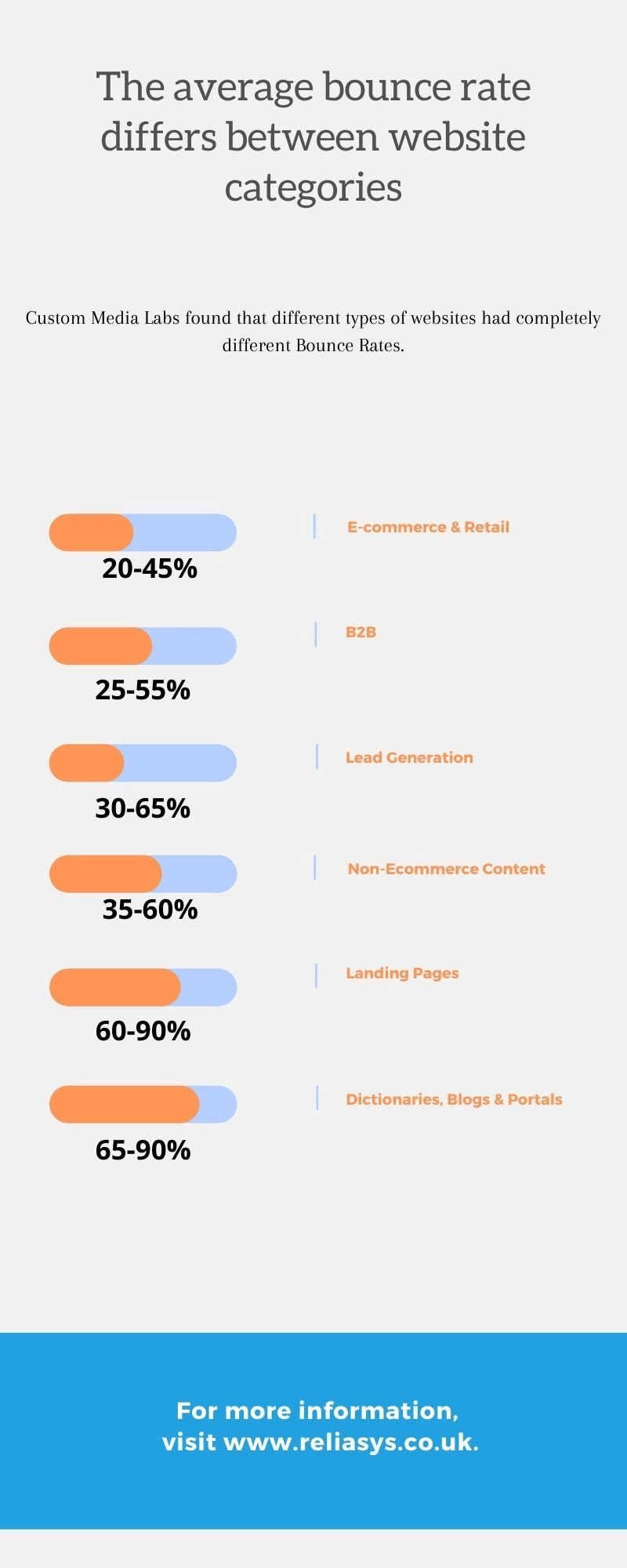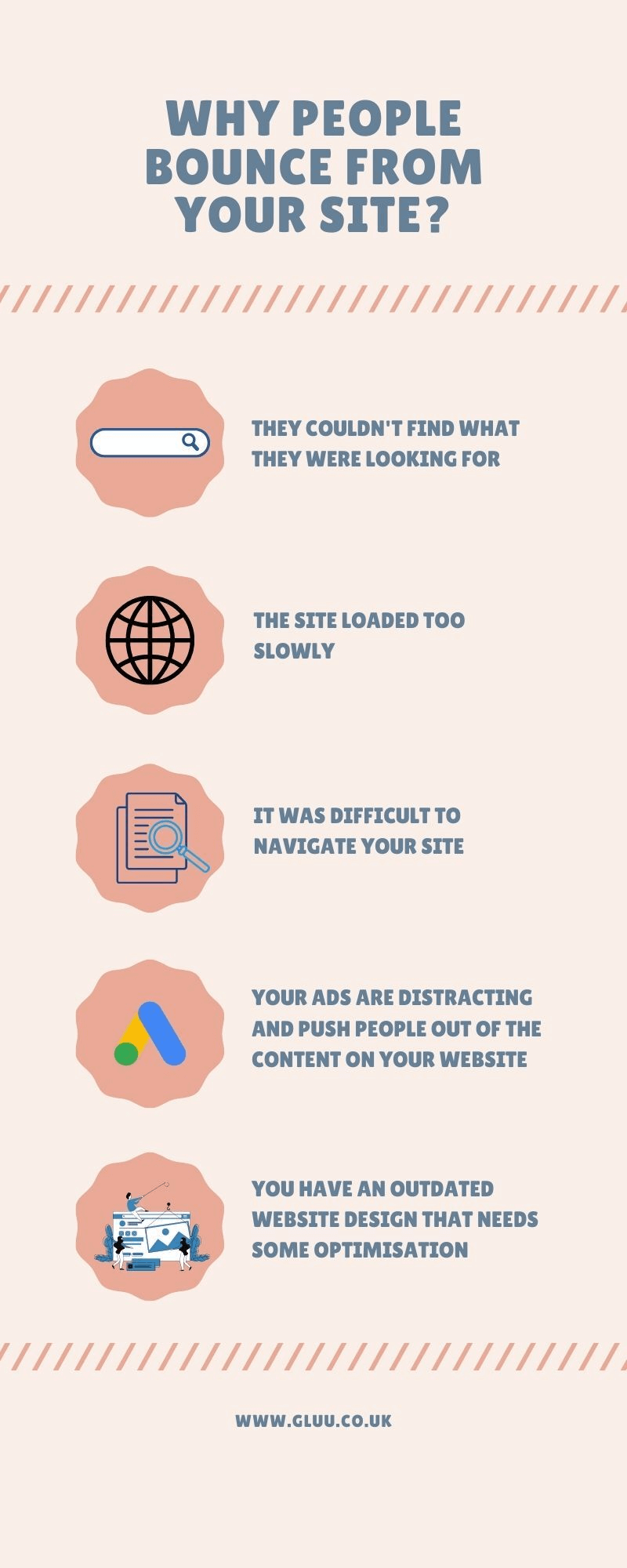Did you know that if your website is not receiving enough traffic or just isn't performing as well as expected, there is a metric called bounce rate? It is a term you've probably heard before if you're doing any kind of online marketing. But what does it mean? And more importantly, how do we fix it?
Bounce rate is a metric that measures how many people leave your website without browsing any other pages after landing on the homepage. It's often an indication of how interesting or engaging visitors find your site, so it's important for you to know what yours is and do something about it if necessary.

Don't worry about forgetting about bounce rates again - we'll cover everything from high-level concepts like "what does bounce rate even mean?" to more technical details like "how do I decrease the bounce rate?". By the end of this post, you should be able to explain what exactly a high or low percentage means for your blog topic. Ready? Let's dive right in:
The average bounce rate has been stuck around 50% for years. But there are a few outliers with tremendously high rates, which is why that number can look so high. It's these anomalous sites that have the potential to tarnish your campaign's ROI because they don't provide a high enough quality experience to encourage visitors to turn into conversion-ready audiences
A site's bounce rate will go up as a result of any temporary or periodic fluctuations in traffic patterns related primarily to seasonal effects, sending too many emails, changes in the delivery of content due to analytics, etc.," according to Koozai.

The bounce rate of your site can depend on a lot of different factors such as industry and where visitors come from. For example, Custom Media Labs found that websites in their respective categories had completely different rates when it came to bounces; so make sure you're comparing yourself with other sites within the same niche group if trying to understand what is considered high-quality traffic.
Your site's sources can also dramatically affect how many visitors leave after visiting either temporarily or permanently.
Essentially, when somebody visits your site but does not find anything they're interested in within the first few pages, it's common for them to bounce off. It feels like they've received their reward (a glimpse at your content) and no longer feel like there's an incentive to explore further.

Bounce rate is a metric that shows the percentage of visitors to your site who leave after viewing only one page. As you can imagine, this data has many implications for digital marketers and webmasters alike.
If you are interested in learning more about bounce rates or how Gluu can help with your marketing strategy, please contact us today! Our team will be happy to provide insights on website optimisation and conversion strategies based on our years of experience helping clients succeed online.